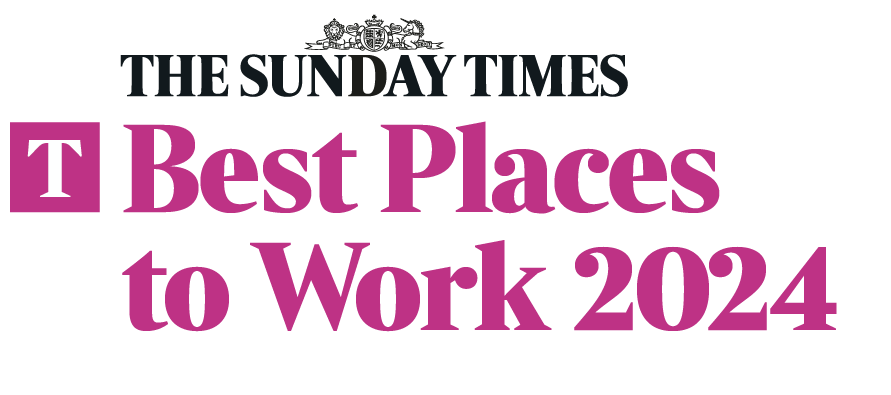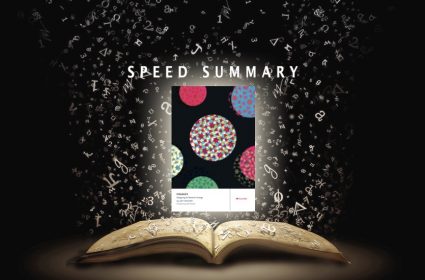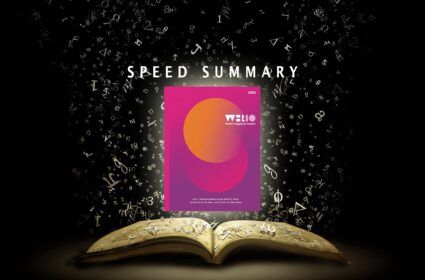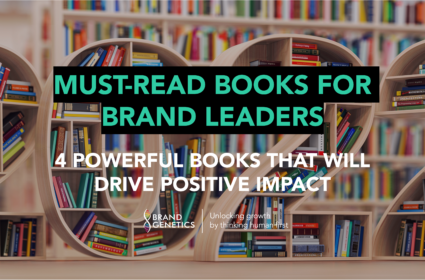Imagine: How Creativity Works [Speed Summary]
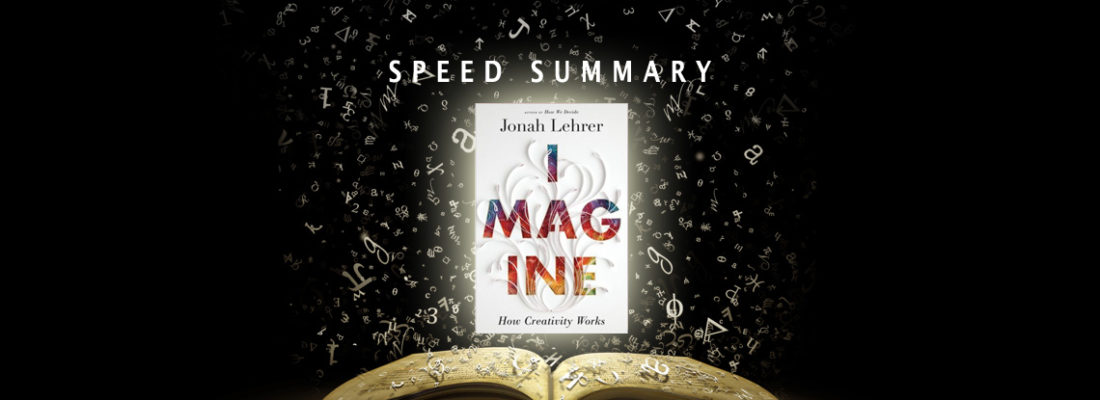
 Imagine: How Creativity Works
Imagine: How Creativity Works- Author: Jonah Lehrer
- Publisher: Houghton
- Publication: 2012
Here’s how creativity works – you sweat a problem until you get frustrated, then a flash of insight (epiphany) reveals the answer, and then you sweat your answer (a whole lot) more to work it up into a fully fledged solution.
It’s the Thomas Edison idea that genius is 1% inspiration and 99% perspiration updated to become an inspiration sandwich between two slices of perspiration.
Jonah Lehrer’s Imagine: How Creativity Works is an overview of the current research into “creativity” – artistic creativity, scientific creativity and business creativity – updating Edison’s idea with a dusting of neuroscience and illustrative stories.
Perspiration-Inspiration-Perspiration
Take Procter & Gamble’s Swiffer, a creative combination of the traditional mop and disposable kitchen wipes. Finding a solution to the problem of coming up with a new floor cleaner took P&G months of “perspiration” observing people cleaning kitchens for hundreds of hours whilst trying to hit upon a compelling new product solution. The solution came in a flash of inspiration when observational research captured someone using a dustpan and brush, and then a tissue to clean up a spill of ground coffee. This was then followed by months more perspiration as the idea was worked up into a full product solution. Perspiration – Inspiration – Perspiration.
The familiar Swiffer story is not only a testament to the power of observational research, but also for the need for prototyping innovations. As a concept on a concept board, the Swiffer failed abysmally in consumer research, but when a prototype was worked up, consumers loved it. More generally, Lehrer suggests the perspiration-inspiration-perspiration model applies across creativity, from Bob Dylan’s Like a Rolling Stone, to Ruth Handler’s Barbie Doll, to W.H. Auden’s poems. Behind every seemingly effortless poem lies months of sweat, and in Auden’s case, large doses of amphetamines to maintain prolonged, intense concentration.
Frustration-Distraction
But there’s more to Imagine: How Creativity Works than perspiration and inspiration: Lehrer suggests that recent scientific research into creativity reveals how the apparently magical moment of AHA! inspiration, otherwise known as the ‘insight experience’ or the ‘eureka moment’ happens.
It turns out that apart from melancholy and depression, both linked to creativity, the key to having a creative epiphany is to first get frustrated by trying (and failing) to solve a problem, and then to stop focusing on the problem altogether by either relaxing or getting distracted. Flashes of insight come not through focused thought, but after focused thought. Which is why businesses staking their future on innovation success, like 3M, encourage breaks, naps, walks and chats to break up focused work.
Combinatory Creativity
Research into creativity can also tell us how to optimise the pre-inspiration “perspiration” phase of creativity. The short answer is to maximise information sharing between employees. The more information is shared, the more people are creative. Information sharing allows ideas to combine and mutate, providing the building blocks for new solutions. On the other hand, group brainstorming is summarily dismissed, noting “Decades of research have consistently shown that brainstorming groups think of far fewer ideas than the same number of people who work alone and later pool their ideas”. Instead, it is suggested we take a leaf out of Pixar’s book – and create office layouts and systems to promote “horizontal sharing” of information, informal interaction, debate and constructive criticism between individuals, all designed to result in serendipitous “knowledge spillovers”. Context is key here; creativity is most likely happen when there is a high density and high diversity of informational stimuli and sharing. It is for this reason that innovations tend to be born in high density and highly connected cities; indeed the city can be seen as a massive cross-pollinating idea generator.
The Origins of Genius
Finally, drawing on Prof. Dean Simonton, author of The Origins of Genius: Darwinian Perspectives on Creativity, the book also suggests that creativity is more likely to happen when you bring in an “outsider” to help solve a problem. Fresh eyes bring a fresh perspective to an innovation challenge, and that fresh perspective can lead to a new insight and a new solution. One option, used by Eli Lilly, is use an online open-outsourcing platform such as InnoCentive to run prize-based innovation contests. Another way to get an “outsider advantage” is to ensure you bring in young blood into innovation work streams – young experts with limited experience tend to produce the largest number of creative products. For example, ad agency Wieden +Kennedy has implemented a “W+K12” intern program where young apprentices come in and work on live client projects. A dynamic tension between old blood of experts who know each other, and the new blood of young disruptive outsiders is ideal.
So there you have it. Creativity works like an inspiration sandwich between layers of perspiration; and inspiration happens by augmenting creative stimulus (information sharing, diversity and interactivity), and then distraction at the moment of frustration.
The Brand Genetics Take
It’s a shame that Imagine: How Creativity Works has been dismissed by so many because of quotes that the author fabricated to support his narrative as well as a needless reliance on the old discredited and debunked 19th century left brain/right brain myth. The points Lehrer make stand up without fabricated quotes and outdated pseudoscience.
Lehrer ended up losing his job, and the book was pulled by the publisher as a result of his creative license – and it’s now no longer available. It’s an otherwise great overview of the emerging science of creativity with practical implications for enhancing corporate creativity. Niggles notwithstanding (there’s no succinct definition of insight (an observation that explains and predicts), nor creativity, and we’re not convinced that focus group creativity is without merit), Imagine: How Creativity Works remains the best pop-science book not currently available on creativity.

